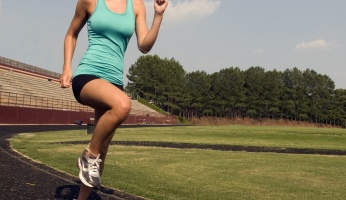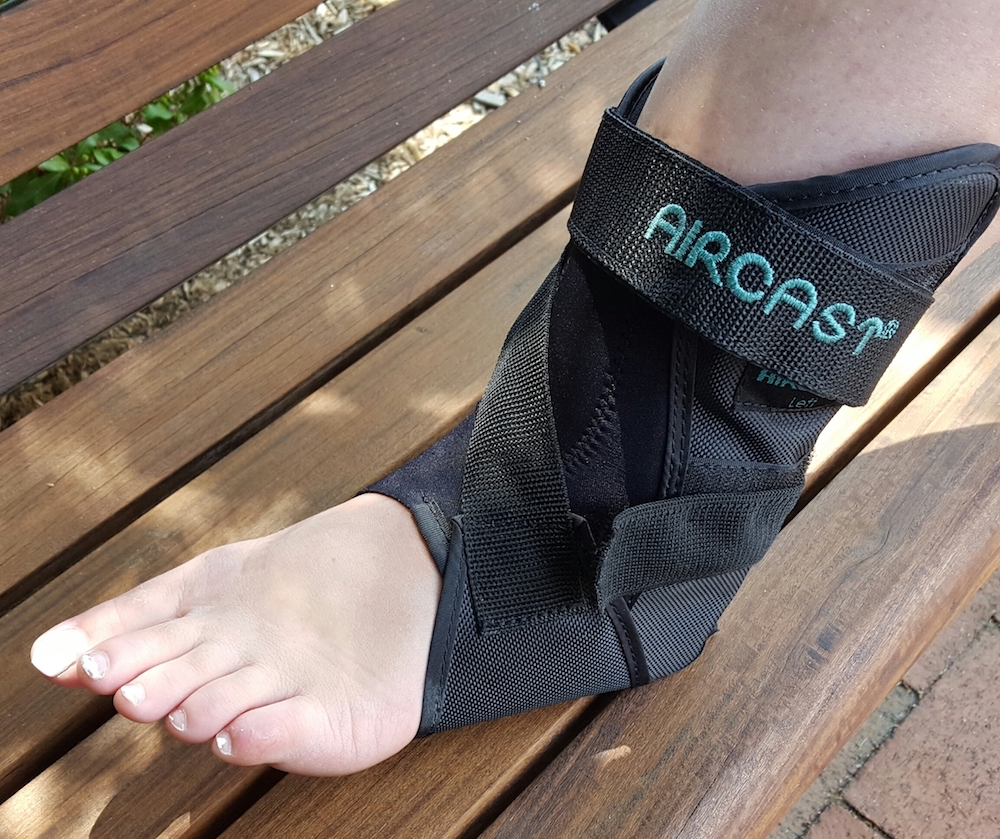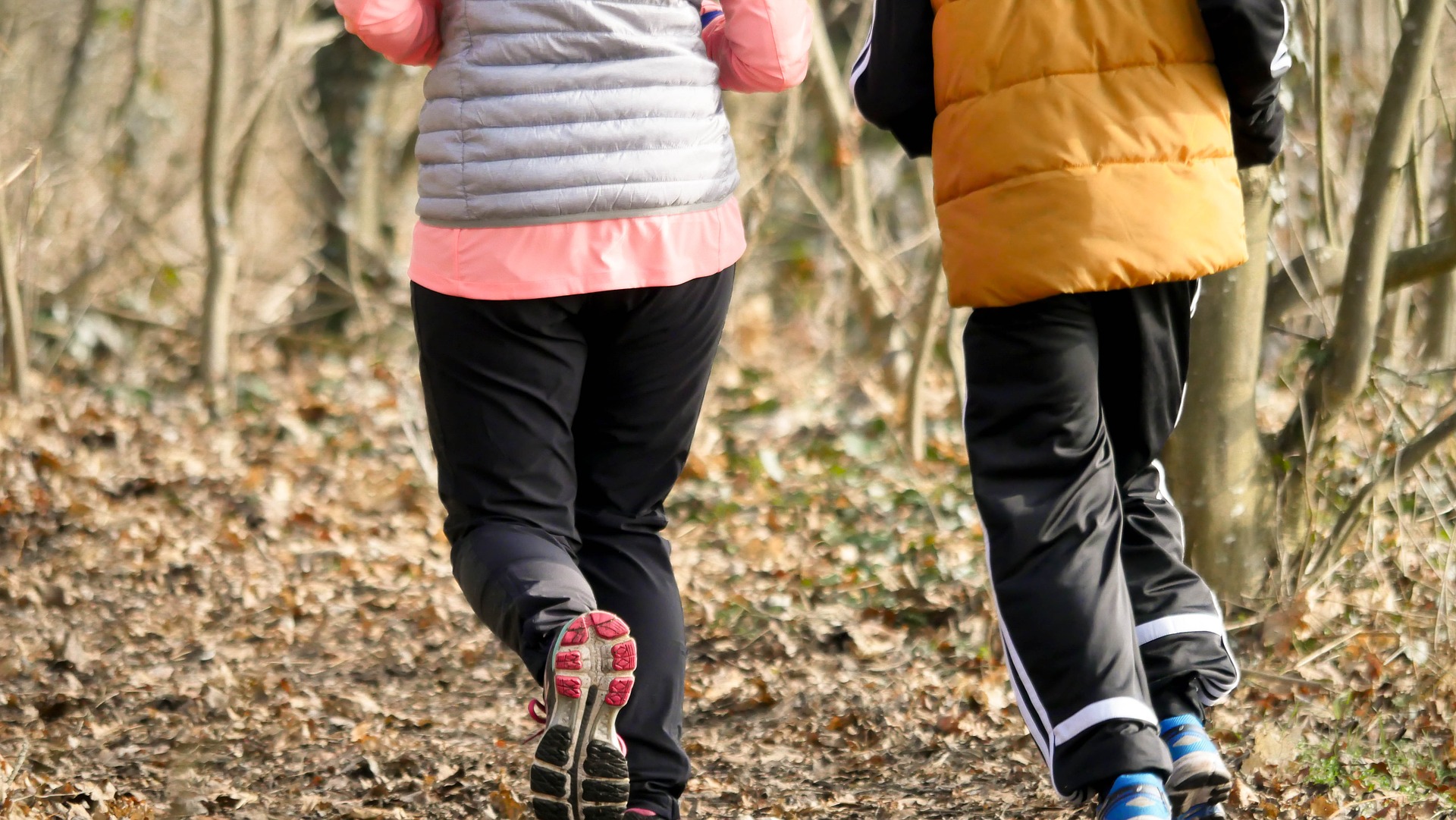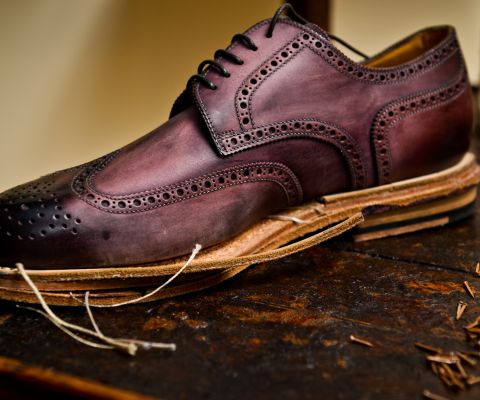What Causes Heel Pain After Running?
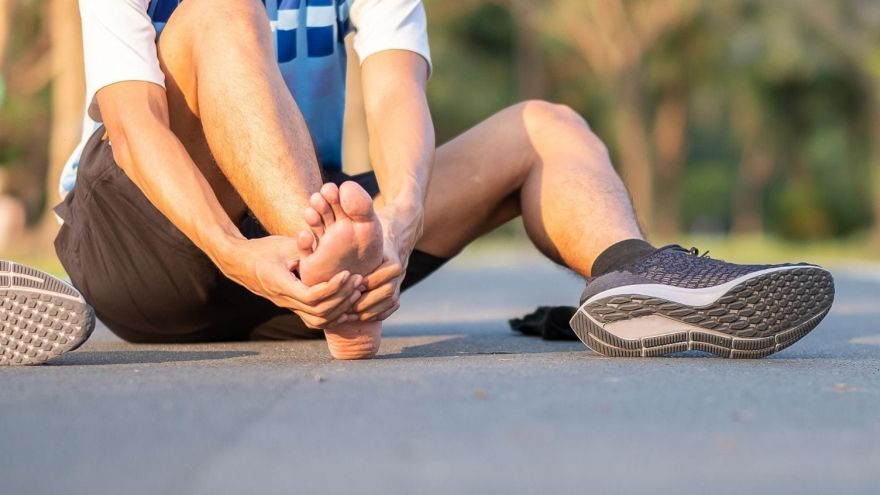 What Causes Heel Pain After Running? www.walkjogrun.net
What Causes Heel Pain After Running? www.walkjogrun.net Running is an activity that you can do with the purchase of a good pair of shoes, nicely fitted breathable clothing, an indoor or outdoor atmosphere, and as little as 10 minutes’ time. It can be done anywhere and anytime. Running is one of the exercises that can go unaffected by many changes in the world. Unless, while running you are experiencing pain. The heel is made up of soft tissue that acts as a cushion that absorbs the force of impact when our feet hit the ground while running or walking. If the soft tissue in our feet becomes overused or strained it could lead to heel pain after running.
Heel Pain
Experiencing pain at any time of the day is no fun. Especially, when you are doing something you enjoy. It is like having a love-hate relationship between running and your body. This can hinder your activity level by decreasing your desire to be active. Having pain limits movement and range of motion.
Heel pain can be caused by several different contributors in life, such as exercise or work activity that requires you to be on your feet for long periods of time. Starting a new exercise, like walking or running, could also lead to heel pain. This may also be caused by increasing the intensity of exercise abruptly.
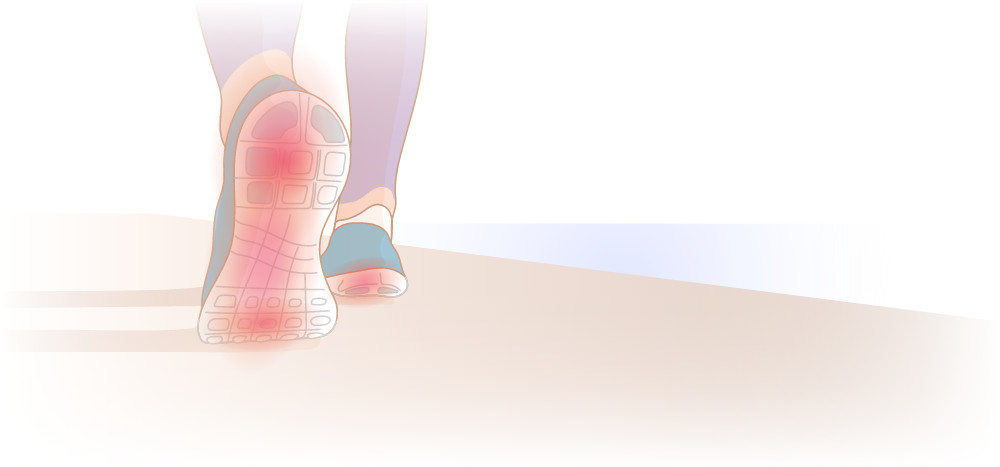
The way you run may also lead to heel pain. Remember the heel has soft tissue that absorbs the impact of your foot striking the ground when walking or running. When you are running, your heel absorbs almost 2X as much force as when walking. If you have a heel-toe strike while running, this impact can lead to injury.
Other contributing factors that could increase your chances of heel pain include:
- having a flat arch or very high arch in your feet
- distance running
- some forms of dance (ballet and aerobics)
- increased age
- weight gain
- back problems
- inflammatory diseases
- nerve damage
- chronic disease (high blood pressure and diabetes)
Name That Heel Pain
1. Plantar Fasciitis
Plantar Fasciitis is one of the most common forms of heel pain and particularly affects runners. It is a heel pain that is usually worse after resting and presents with a sharp, stabbing pain.
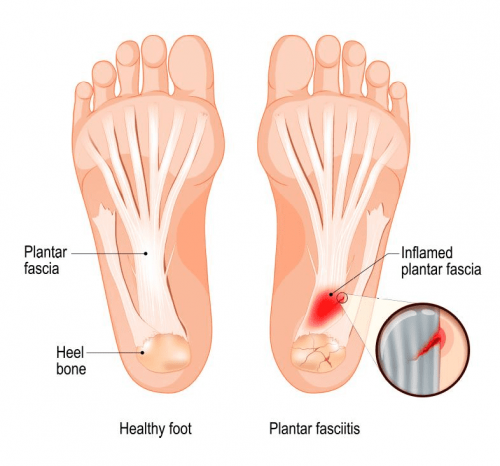
The pain may also be exacerbated by staying on your feet for long periods of time. With Plantar Fasciitis, you will experience heel pain after running and not while you are performing the activity.
2. Heel Spurs
Heel spurs are the buildup of calcium on the bottom of the heel bone that creates a horn-shaped prominence. They are typically common in runners due to the continuous strain and tearing of the soft tissue that covers the heel bone. Heel spurs are associated with stabbing, sharp pain in the heel that also occurs in the morning with the first steps, but turns into an achy pain as the day continues.
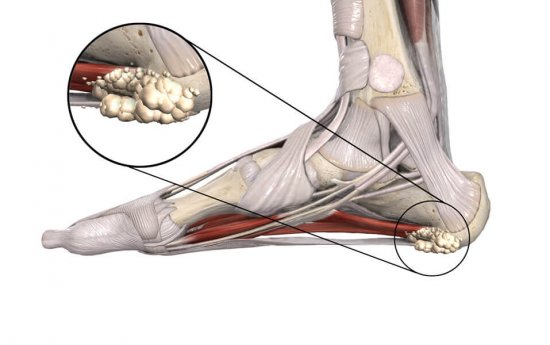
Often heel spurs go hand in hand with Plantar Fasciitis because the plantar fascia is the connective tissue that connects the heel bone and the ball of the foot together. When the plantar fascia becomes irritated and inflamed from stretching and tears, bone spurs may be the result.
3. Achilles Tendinopathy
Achilles tendinopathy, which may also be called tendonitis or Achilles tendonitis, presents as a dull, aching pain. This pain may occur in the back of the leg or right above the heel area.
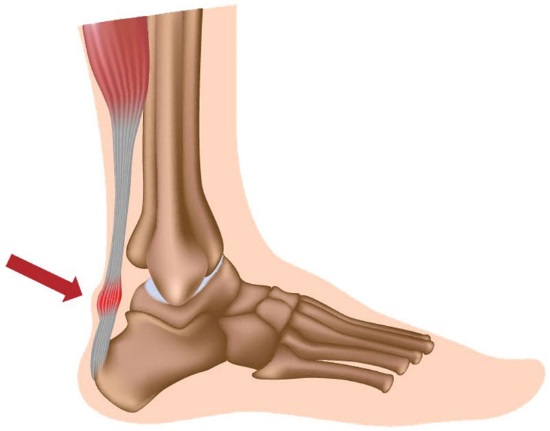
The pain may grow in intensity after activities like stair climbing, running, or sprints for long periods of time. Although the pain in your heel may be relieved with movement, it is important to remember to contact your Physician or Primary Care Provider (PCP) if the pain worsens.
Achilles tendonitis may cause this tendon to become weak and at an increased risk for injury. Such injuries may require surgical repair.
Heel Pain Treatment
Some ways to treat heel pain are:
- Icing the area
- Physical therapy
- Over-the-counter medications
- Acetaminophen
- Ibuprofen
- Naproxen
- Removable splints at night
- Stretching
- Shoe inserts
- Elevation to decrease swelling
If the above treatments are not helpful and the pain persists or gets worse, please contact your Physician or PCP. There may be more invasive therapies that your Physician or PCP may suggest, such as steroids or surgery. And they will be able to order diagnostic tests that will help pinpoint your problem.
Also, heel spurs usually require Physician or PCP interventions, such as prescribed orthotics and injections. This is why it is important that you contact your Provider when you notice that your heel pain persists and is not relieved with home remedies.
Heel Pain Running Prevention
In my opinion, prevention of injury or pain should be the number one goal of anyone who is starting a new exercise or increasing the intensity of training. Just like we warm up our car on a cold winter day, we need to warm up our bodies before exercise.
Both Achilles tendonitis and Plantar Fasciitis are accompanied by calf muscle tightness. So, do yourself a favor and purchase a foam roller. Foam rollers help with flexibility and range of motion. They also assist in relieving tension in your muscles. All of this could help you prevent injuries associated with heel pain.
Tennis balls are also a good item to have in your bag of tricks to work out a tight muscle. Just like a racketball, they can be used to target muscle groups and relieve tightness and/or soreness.
The following are additional ways to help with prevention:
- Update your running shoes
- Incorporate rest days
- Progressively increase activity
- Wear supportive shoes
- Stretch
- Cross training with low impact exercises
All of this information is only suggestive and should not be used as a diagnosis. No information in this article should replace or supersede your Physician or PCP recommendations.
Sources
- , 10 Common Running Injuries: Prevention and Treatment, Medical Website
- , What Are the Benefits of Foam Rolling?, Medical News Website
- , Causes of Heel Pain After Running, Medical News Website
- , Heel Spurs and Plantar Fasciitis, Medical Website
- , Achilles tendinitis, Clinic
- , Plantar Heel Pain Clinical Presentation, medical Journal





